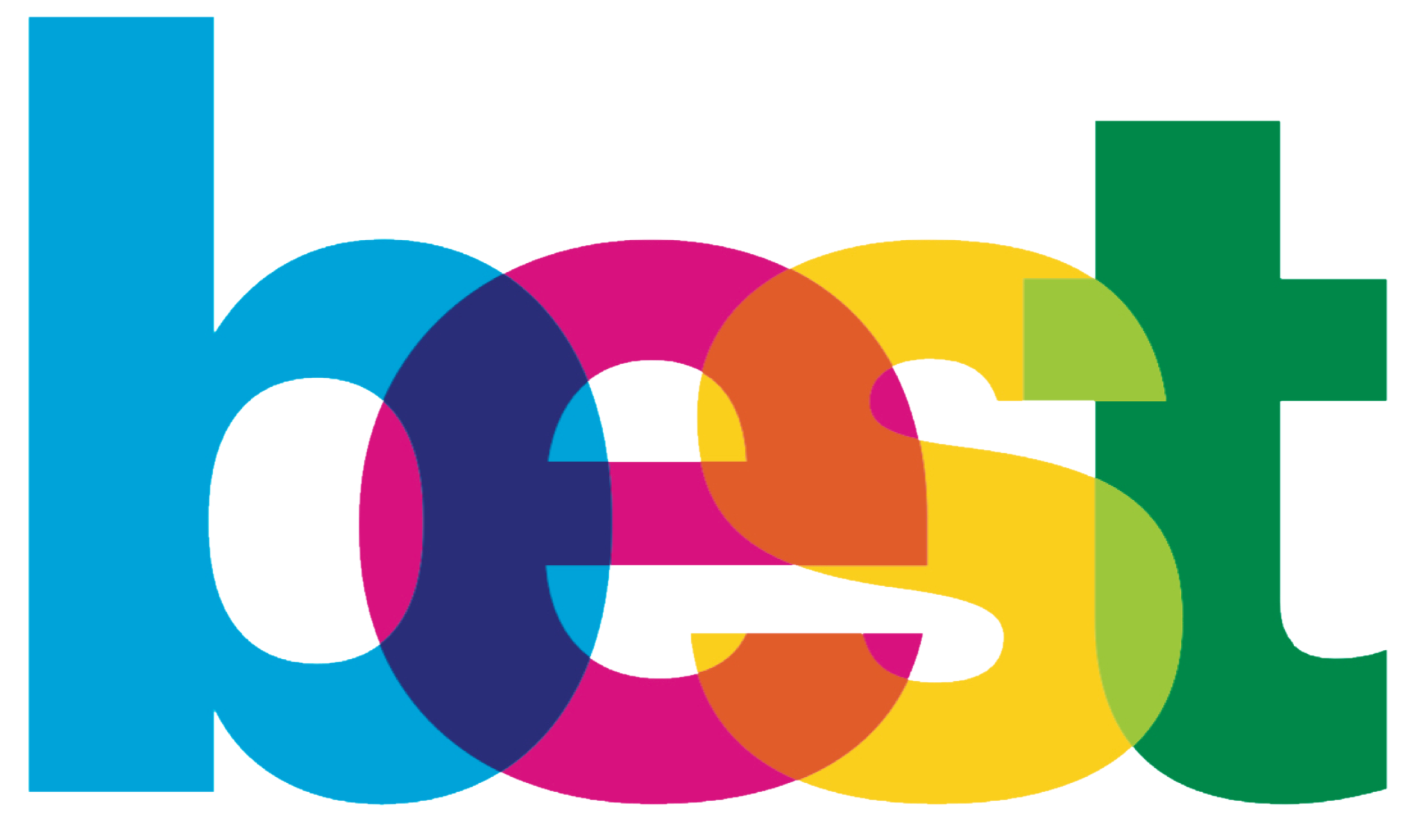FA(Print)Q
Bleed is any Image Area that extends past the artwork crop marks / trim line.
Not necessarily. Color will display differently on every computer monitor, and it will look different on each printer. The best way to ensure the closest color match possible is to assign Pantone colors to your art files.
Digital printing uses CMYK toners and inks, which have approximately 4.3 million possible combinations. Pantone utilizes 11 base colors, generating over 10 million possible color combinations. When working in critical color space, we suggest using a Pantone bridge book to determine the closest possible CMYK match to your Pantone color.
Screen technology varies, so a perfect-looking color on your laptop will look different on your Smartphone, TV, or Monitor. Your screen displays colors’ using light so you can achieve bright vibrant colors’ that can’t be replicated with ink on a page. As a result, we can’t guarantee a color match for your screen. However, as long as you have used a CMYK color space you can expect the highest quality output in our tightly controlled color-calibrated environment.
All variable text, barcode data, variable graphic names, and anything else needed to create the variable data on the final printed piece needs to be supplied in a database or mailing list spreadsheet. Use the first row of the data file to title the columns/fields. Every database column represents a different variable field used in the layout. Each row under the header is a record and equates to all the data needed to complete a variable data printed piece. If your project pulls data from multiple data files/lists, sort and merge the data into a single data file. Delete unused fields. Don’t put the entire address in one field nor separate the address where the house number is in one field and the street name is in another. Provide your data in upper and lower case letters. Be consistent in data entry. Proof your data and review it for accuracy, omissions, and duplications. Save out as an Excel file (.xls or .xlsx), comma-separated file (.csv), or tab-delimited text file (.txt).
No. You can outline your fonts. However, if you have created your PDF correctly any fonts that you use will be embedded in the PDF.
Note; outlined fonts are no longer editable.
Vector images are made up of a series of shapes and colors (vectors) are manually created and edited using design software (commonly Adobe Illustrator) and can be enlarged to any size. Raster-based images are commonly created by photography and cannot be enlarged much further than their original size without impacting negatively their final resolution.
The short answer;
If you're designing something that is going to be held in someone's hand (like a brochure or flyer) then the correct DPI is 300 dpi. If you need to you can probably get away with 250 dpi. A poster needs a minimum resolution of about 100 dpi if viewed at 6ft (2m). Printing a photo on your inkjet printer? Use 300dpi. Viewed at 30ft (10m) a billboard needs a minimum resolution of about 20 dpi. Did you know that the average size of a billboard is 14 feet in height by 48 feet in length and that the resolutions of a billboard print range between 2 to 20 dots per inch (DPI)? Consider drawing a one-inch by one-inch square on a piece of paper. Now draw two circles side by side in that one-inch square and fill them in so that they are solid black. What you are looking at is a resolution of 2 dots per inch. If you were to fill a piece of paper with however many one-inch squares (including the filled circles) that will fit and place it on a wall, then stand back 20 feet. Suddenly the paper starts to turn darker and the further you move back the darker the paper becomes until it appears solid black. This is the same effect that you see on a billboard.
You can have a resolution that is too low, but you rarely have issues with an image where it's a little too high, lean towards a higher resolution where possible.
Please see the reference guide below or call us, we will be happy to answer any questions you have and help guild you through any issue you may be having with your files.
0.6m / 2ft. @300 dpi
1m / 3.3ft. @180 dpi
1.5m / 5ft. @120 dpi
2m / 6.5ft. @90 dpi
3m / 10ft. @60 dpi
5m / 16ft. @35 dpi
10m / 33ft. @18 dpi
15m / 50ft. @12 dpi
50m / 160ft. @4 dpi
60m / 200ft. @3 dpi
200m / 650ft. @1 dpiVisible banding may be caused by gradients in the design of your graphic. The gradients you create with your design software tools may look perfectly smooth on screen but can translate rather “Stepped” when printed. Visible bands may appear when one tone transitions to another in solid areas of an image. Gradient-related banding depends on the amount of space in which the transition occurs with the colors that you are blending.
Accessibility Commitment
We are committed to ensuring that our website and services are accessible to everyone and strive to meet the highest accessibility standard. If you have any suggestions or encounter any accessibility barriers, please contact us at it@emailbest.com
© 2025 by BEST Imaging Solutions, Inc.
© 2024 by BEST Imaging Solutions, Inc.
Accessibility Commitment
We are committed to ensuring that our website and services are accessible to everyone and strive to meet the highest accessibility standard. If you have any suggestions or encounter any accessibility barriers, please contact us at it@emailbest.com

